It’s about time
to prepare designers
to tell ther own,
personal stories.
While sometimes it may feel like a performance when you are interviewing, the best way to shake off nerves is to prepare ahead of time.

While each company has its own system of interviewing, as someone in design, you may encounter different types of interviews during your job search.
- Pre-interview design exercise
- Portfolio/resume walkthrough
- Behavioral interview
- Onsite design challenge
During these interviews, you might have the opportunity to talk to a variety of people like recruiters, hiring managers, or group meetings with potential colleagues.
As someone interested in design, you are probably interested in understanding experiences. The interview is an experience for you and the interviewers.
If the Interviewer is your user, have empathy for them: what do you think a hiring manager would want to know about you? As with many designed experiences, do your research and practice your craft.
Remember that you are meeting a person, not the whole company. Leave space to listen and learn about them.
What is the “why” behind behavioral interviews?
They’re all about understanding how you work, what motivates you, and how you deal with common workplace situations. Those interviewing you are looking to understand how you act and react in certain circumstances with specific “real life” examples.
The Interviewer may want to know:
- How you deal with conflict
- Where you see yourself in the future
- Self-awareness of your real strengths and weaknesses
Each interview will be unique,so it’s great to mentally prepare for questions you may be asked and questions you may want to ask.
“One who never asks either knows everything or nothing” - Malcolm ForbesThe interviewer may want to ask you:
- What’s your design process?
- What are some apps or websites you really love?
- How do you work with enginerers, product managers, or other designers?
You may want to ask the interviewer:
- How do you define success for this role in the first 3-6 months?
- What are the strenghts and growth areas for your team right now?
- What is your company doing to ensure a diverse and inclusive culture?
Prior to the interview:
- Be ready to present parts of your portfolio or projects you have worked on that best demonstrate your skills.
- Do your research and prepare follow up questions (check out company reviews, press releases, websites). A great resource is our Enterprise Design Thinking online courses.
During the interview:
Tell a great story.
Tell a great story.
Be on time and be on camera. Try to look into the camera to build that human connection.
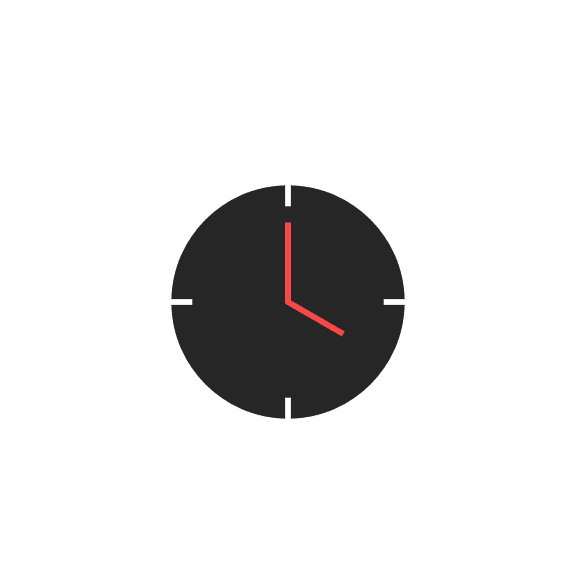
Limit your response to two minutes max to give interviewer time to digest and offer follow up.
Don’t digress from the thread of your story or interrupt.
Listen and be attentive to body language. Ask questions about company, culture, and role.
Don’t forget to follow up after the interview by sending a note of thanks and clarify next steps.
Interviews can be a lot of pressure, especially if it’s for a position or field you haven’t worked in before. Here’s some encouragement to get you throught.